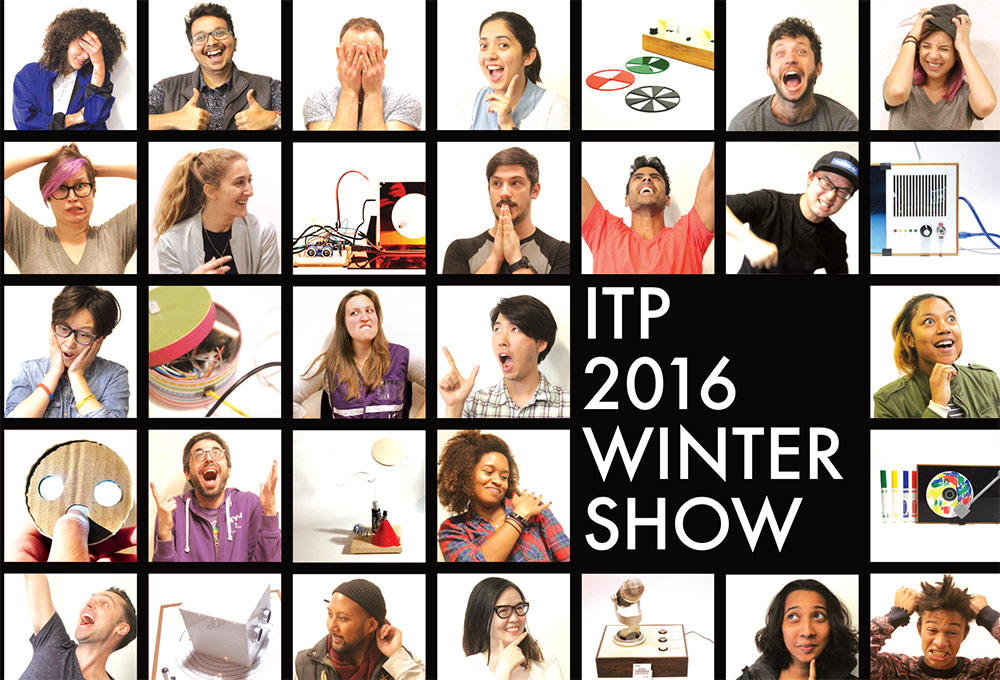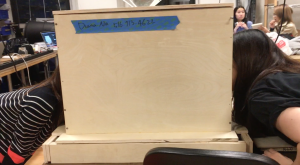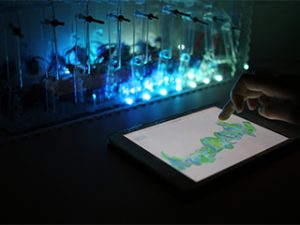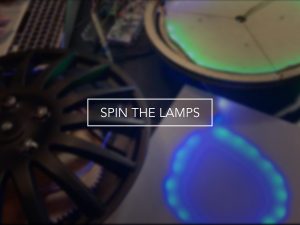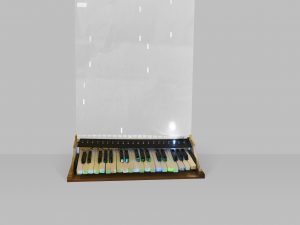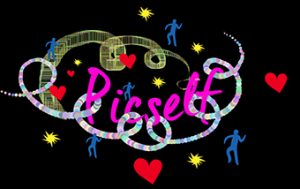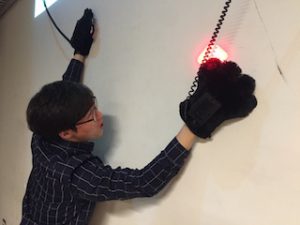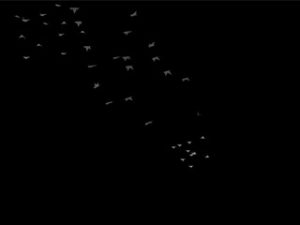Yunho Choi, Lin Yang
Spin the Lamp! is three different types of musical lighting sculptures that people can generate playful music by spinning them.
http://www.seetheunseen.xyz/2016/11/20/final-project/
Description
Spin the Lamp is a collaboration project between Lin Yang and Yunho Choi for the mid-term in physical computing class.
Humans are living with many things that can be spun : wheels, handles, waterwheels, turntables, tapes, rollers, merry-go-round, and so on. Often that not, most of them are spun automatically or mechanically, not by people’s hand. Driving handles are probably the common case but them also have been created in order to control the directions of the car. In other words, they are made for ulterior motives, not for the purpose of pure pleasure or enjoyment. However, almost all of us have fun experience with something such as Frisbees, Rolling barrels and pinwheels when we were kids. They just have gotten away from us as we were growing. So, we wanted to call up fresh emotions and experience with light and sound interaction using playful things that can be spun by multi-user.
There are three types of spinning objects on the table; wooden one, acrylic one, and a wheel. All of the objects serve as not only playthings but also lamps and musical instruments. Each has a long Led strip and interactive controllers which are potentiometers and a rotary encoder.
When people begin to spin each object, they start to play music. As to the wooden object, it generates different melodic music in terms of the rotation degrees. The acrylic object sounds beat music with responsive lighting; the brightness of LED is changed with the levels of music. The last object comes from a car wheel cover and it generates a metal sound. Additionally, each LED has an indicator, so when the indicator of each project meets, it creates special lighting effect and sound. If there is no interaction for a while, it automatically turns off the lighting as well as sound.
Classes
Introduction to Physical Computing ITPG-GT.2301.001
